Marshmallow (Althaea officinalis), Common Mallow (Malva neglecta), Globe Mallow (Sphaeralcea coccinea), and Hollyhock (Alcea rosea).
Today we are talking about a group of mucilaginous demulcents in the Mallow or Malvaceae family. Marshmallow (Althaea Officinalis), Common Mallow (Malva Neglecta), Globe Mallow (Sphaeralcea coccinea), and Hollyhock (Alcea rosea), all share similar properties and uses. There are probably more Malva species used in similar ways, but these are the ones I am most familiar with.
The following article contains affiliate links. That means, if you purchase a product through one of the links, I make a commission, at no additional cost to you. I appreciate it each time you click on or make a purchase from one of my links. Thank you for your support.
Family – Malvaceae
Many people familiar with herbalism have heard of Marshmallow root (Althea Officinalis). Officinalis means an official medicinal variety. As an official representative of this class or group of herbs, Marshmallow is the plant of choice for commerce, (the one most often seen in stores.) However, that doesn’t mean Marshmallow is the only mallow plant with these specific properties or even that it’s the best; it simply means Althaea officinalis is the most cultivated and documented variety. Other common mallows having similar traits grow wild or in the garden. Today we will be grouping them together, Marshmallow (Althaea officinalis), Globe Mallow (Sphaeralcea coccinea), Hollyhock (Alcea rosea), and Common Mallow (Malva neglecta) because they can all be used interchangeably for the most part.
How do you know which one to use? It depends on where you live and what is growing in your region. If you are ordering herbs online or purchasing from a store, you’ll probably get Marshmallow root. If you have a garden, chances are you have Common Mallow. Hollyhock is common in flower gardens across the United States. Globemallow is found throughout the west, both north and south.
All are great cooling, soothing and moisturizing herbs.
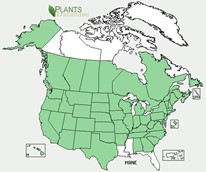
Common Mallow Distribution Map

Globemallow Distribution Map

Marshmallow Distribution Map
Plant Descriptions
Marshmallow (Althea officinalis)
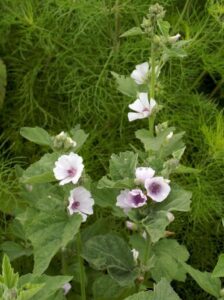
Marshmallow is an herbaceous perennial, native to Europe and Western Asia. Endangered in Europe, the plant has naturalized in the eastern United States, especially in the marshy areas around Massachusetts and Virginia.
This is a bushy plant growing between 2 and 4 feet tall. It has erect-branching stems and soft down covering the leaves and stems. The leaves are simple, alternate, and serrated, with 3 to 5 lobes (as in the picture.) Veins on the leaves are elevated on the underside of the underside.
Flowers are simple, 5-petaled and range in color from light pink to white. They are usually 1 to 1 ½ inches across and appear singularly or in small batches at a single node. The stamen column at the center of the flower is rather stout and can contain 13 or more stamens. Marshmallow blooms from between June to August, depending on its location.
Hollyhock (Alcea rosea)
Hollyhock is a popular flowering biennial found in many gardens across the United States. It’s usually tall, (up to 8 feet,) and thinner or less bushy than Marshmallow with brightly colored flowers, an overall a more robust plant.
Hollyhock arises from a stout central unbranching stem. The leaves are alternate and oval or palmately-lobed with 3 to 7 blunt lobes. The upper surface of the leaves is only sometimes soft with slightly pubescent hairs or hairless with fine veins. The underside of the leaves is light green with soft downy hairs.
The central stem terminates in a spike-like raceme of flowers. Axillary flowers are often produced from the axils of the upper leaves. The flowers occur individually or in small clusters along the central stem, nodding sideways from short hairy pedicels. Each flower is about 3-5″ wide. Hollyhock has a long taproot that is light-colored on the inside and darker brown on the outside. This plant readily reseeds itself.
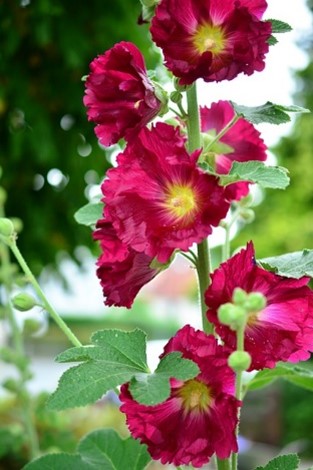
Globe Mallow (Sphaeralcea coccinea)
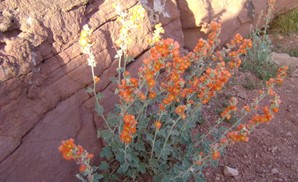
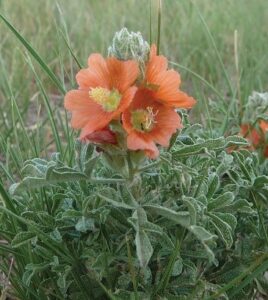
A long-lived perennial, Sphaeralcea coccinea is a pretty, little orange flower topping a plant that grows from 6 inches tall in the north, to up to 4 feet in some places like Arizona. The taller version is quite bushy with the leaves although smaller, still resembling those of the Hollyhock and Marshmallow. The whole plant is covered with hairs but is much more course and wiry than its cousins. The flowers are built the same way but may only be ½ inch to 1 inch wide appearing either in terminal spikes or as individual flowers, depending on the variety and location.
Taller Globe Mallow is a stout bushy plant with a woody main taproot. The taproot may dive deeply into the earth before it divides into lateral. Growth begins in March and April, flowering in May to July. Earlier in the southwestern deserts, this plant is often seen flowering in March.
Common Mallow (Malva neglecta)
Considered an invasive weed, Common Mallow can grow year-round as an annual, winter annual or biennial plant. It reseeds itself easily and can be found growing year-round in southern gardens, waste areas and disturbed ground.
This Mallow has a long, woody taproot, moist rounded leaves, and simple white to pale pink or purple flowers that resemble its cousins above but are smaller and more fragile. Everything about the plant is smaller than its cousins. Just because it’s smaller does not, however, mean it’s less medicinally active. In fact, I find that plants that will grow just about everywhere are usually quite useful medicinally, and Common Mallow is nothing if it’s not tenacious. In fact, once it takes hold in the garden or yard, you might as well harvest it.
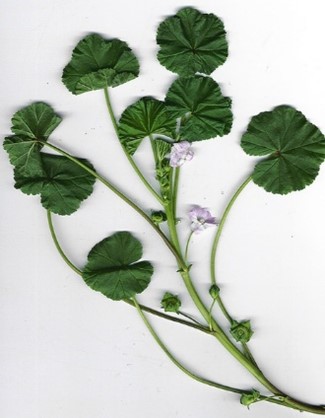
Parts Used
All parts of all the plants above may be used as medicine.
Primary Chemical Constituents
Starch, mucilage, pectin, flavonoids, phenolic acids, tannins, quercetin, kaempferol, calcium, phosphorus, beta carotene, choline, anthocyanidins, vitamin A, dihydroflavonol, and asparagine.
Medicinal Properties of the Mallows
These Mallows are superior mucosal vulneraries that sooth, heal and protect internally. They are demulcent, nutritive, alterative, diuretic, vulnerary, mildly laxative, rejuvenative, expectorant, emollient, antitussive, and anti-inflammatory.
Energetics
Sweet, cool/cold, moist, softening, thickening, and relaxing.
Medicinal Uses of Mallow
As medicine, these plants are primarily used as demulcents and emollients to sooth, protect and relieve irritation of the mucous membranes and the skin. They have affinities to the respiratory, urinary, and digestive system. At the same time, they help limit inflammation and help mobilize white blood cells to prevent or treat infection. Additionally, the Mallows cleanse and rebuild the water systems of the body. They are perfect anytime the need is to cool hot, irritated tissue, while softening what is rough, dry, and inflamed. Pretty nifty huh.
Mucosal Vulnerary
Mucus membranes are your bodies interior skin. Everywhere the skin continues to the inside of the body there are mucus membranes. This is true for the respiratory system, digestive system, and the urinary and reproductive systems, as well as the eyes and ears. Like the skin, mucus membranes protect us from the outside world. This is accomplished through the production of a thick viscus substance called mucus, that keeps everything soft, moist, and pliable. Mucus also contains a kind of antibacterial or antimicrobial agent to protect against external invaders, bacteria, and viruses.
All the Mallows above contain high level of mucilage, a slimy substance, resembling mucus. The highest amounts are usually found in the roots of the plants, especially in Marshmallow and Hollyhock plants. However, the leaves of all these plants above contain plenty of mucilage to effectively restore, calm, cool and sooth inflamed mucus membranes.
Respiratory System
A rejuvenative for the lungs, these Mallows are useful in the beginning stages of bronchitis, when the lungs feel hot and irritated and when there is an unproductive, dry cough. A tea, either alone or combined with Licorice, Thyme and Ginger can be sipped throughout the day to gently diminish the cough reflex, while providing a soothing effect on the throat and inflamed bronchial tissue.
Use the tea or chew fresh leaves to sooth a sore throat, sinus infection and relieve hoarseness.
Urinary and Digestive Systems
Use the roots or the whole plant of Common Mallow for relief of urinary tract inflammation and irritation. It is soothing, cooling and alkalizing for the urethra and bladder whether used alone or mixed with other diuretics like Dandelion, Gravel root, Parsley root, Juniper or Orange peel. Most people find it quite relieving when urination is burning and painful or when there is swelling of the urethra, kidneys or bladder. It combines well with Dandelion and Orange peel to relieve the pain and help break down urinary and gallstones stones and to treat prostatitis.
The Mallows help smooth and heal mild irritation of the stomach, small and large intestines. Useful for stomach sensitivity, ulcers, acid reflux, heartburn, tonsilitis, hemorrhoids, sore gums, and to sooth irritations associated with chronic constipation, diarrhea, and dysentery.
The mucilage contained in these plants stimulate macrophage activity that help promote healing and prevent infection in the skin, upper intestinal tract, urinary tract, and lungs. Used daily in a tea, these plants can bring surprising benefits in some chronic conditions initiated by infection. It is not fast-acting, yet 2 cups per day for a few weeks can help permanently turn around stubborn issues like lung grunge, urethritis, prostatitis and chronic gastritis.
External Use
Use the fresh or powdered dry plant to make an excellent poultice for swellings, useful for bringing abscesses to a head and getting splinters out of the skin. Use the poultice for stings, wounds, and chronic non-healing wounds like bed sores. It will promote healing and draw out the infection while keeping the surrounding tissues soft. I’ve even seen it draw deep internal infection to the surface for drainage. The infusion or cold tea helps cool a sunburn and sooth a rash. Mallow infusion makes excellent sitz baths, douches, and suppositories.
Other Uses
David Frawley says in his book, “Yoga of Herbs” that Marshmallow (including the other mallows discussed here) is one of the best nutritive tonics in western herbalism. As a rejuvinative for the lungs, kidneys, and as a nutritive agent, he suggests putting Mallow root in cold milk and bringing it slowly to a boil with a pinch of ginger.
Michael Moore in his book, “Medicinal Plants of the Mountain West” says that Mallow leaf tea is a traditional drink for facilitating labor and as a gentle skin wash for infants.
Preparation and Dosage.
The Mallows are best prepared as a cold infusion to preserve their strong demulcent and mucilaginous properties. If a tincture is preferred, they can be prepared or preserved in low-percentage alcohol of about 20%. For the best product, place leaves, flowers or root in cold water and leave to infuse for 30 to 60 minutes stirring frequently. Add 20% alcohol, stir well. Then place the whole concoction, plant and all into canning jars for 2 weeks, shaking every day. Strain before use. Suggested dose is about 5 to 10 millimeters throughout the day.
You can also make honey infusions, glycerites, tea and syrup. If heating water, always let the herb sit in cold water for 30 to 60 minuets before increasing the temperature. Then, heat slowly over a low burner. It may take a little more time, but it’s worth it.
Recipes
Urinary Stone Support
- 2 parts Marshmallow or Hollyhock Root
- 2 parts Dandelion Root (Taraxacum officinalis)
- 1 part Orange Peel (Citrus avrantium v. dolcis)
- 1 part Parsley Root (Petroselinum crispum)
Use as a tea or tincture. To make the tea. Place herbs 1 oz herb mixture in 16 ounces of cold water. Let steep for 30 minutes. Place on a low flame and bring to a boil slowly. Remove from heat. Strain herbs and correct water to 16 oz. Drink ½ cup 4x per day.
If mixing a tincture, take a total of 2 teaspoons spread throughout the day.
Bronchial Relief Tea
Mix equal parts
- Mallow
- Licorice root
- Elecampane
Mix ¼ part Ginger
Mix herbs. Add 1 teaspoon herb mixture to 1 cup water. Let sit for 15 minutes. Bring to a boil. remove from heat, strain, and enjoy.
Contra-indications
Mallows are generally considered safe. 2 side effects have been reported.
- If too much or too thick of mucilage is taken for too long, some people experience slimy urine. If this happens, stop taking it for a few days and decrease the amount of mallow in the overall formula.
- Some people experience a temporary lowering of blood pressure. Upon discontinuing the herb, the blood pressure returns to normal.
Suggested Wonderment Gardens Products
Further Reading
References
https://calphotos.berkeley.edu/cgi/img_query?enlarge=0000+0000+0105+1370
https://gobotany.nativeplanttrust.org/species/althaea/officinalis/
https://plants.ces.ncsu.edu/plants/malva-neglecta/
https://ucjeps.berkeley.edu/eflora/eflora_display.php?tid=12392
https://www.herbazest.com/herbs/hollyhock
Herbal Antitussives and Expectorants – A Review, International Journal of Pharmaceutical Sciences Review and Research, Volume 5, Issue 2, November – December 2010; Article-002
Tierra, Michael L.Ac, O.M.D. The Way of Herbs; Pocket Books, 1998
Moore, Michael, Medicinal Plants of the Mountain West; Museum of New Mexico Press, Santa Fe NM, 2003
Coffman, Sam; The Herbal Medic; The Human Path, San Antonio Tx, 2014
Frawley, David Dr, and Lad, Vasant Dr; The Yoga of herbs; Lotus Press, Twin Lakes Wi, 2001
Disclaimer
The statements and ideas presented here are not intended to diagnose, treat, cure, or prevent any disease or condition. They have not been evaluated by the FDA. All ideas presented are for the sole purpose of education. To help you take control of your own health. If you have a health concern or condition, consult a physician. We suggest that you always consult a medical doctor before modifying your diet, using any new product, drug, supplement, or doing any new exercises.
These statements and products have not been evaluated by the FDA. They are not intended to diagnose, treat, cure, or prevent any disease or condition. If you have a health concern or condition, consult a physician. Always consult a medical doctor before modifying your diet, using any new product, drug, supplement, or doing any new exercises.
Herbs taken for health purposes should be treated with the same care as medicine. Herbal remedies are no substitute for a healthy diet and lifestyle. If you are serious about good health, you’ll want to combine diet, exercise, herbals, a good relationship with your doctor and a generally healthy lifestyle. No one of these will do it alone.
This information is designed to be used as part of a complete health plan. No products are intended to replace your doctor’s care, or to supersede any of his/her advice or prescriptions.

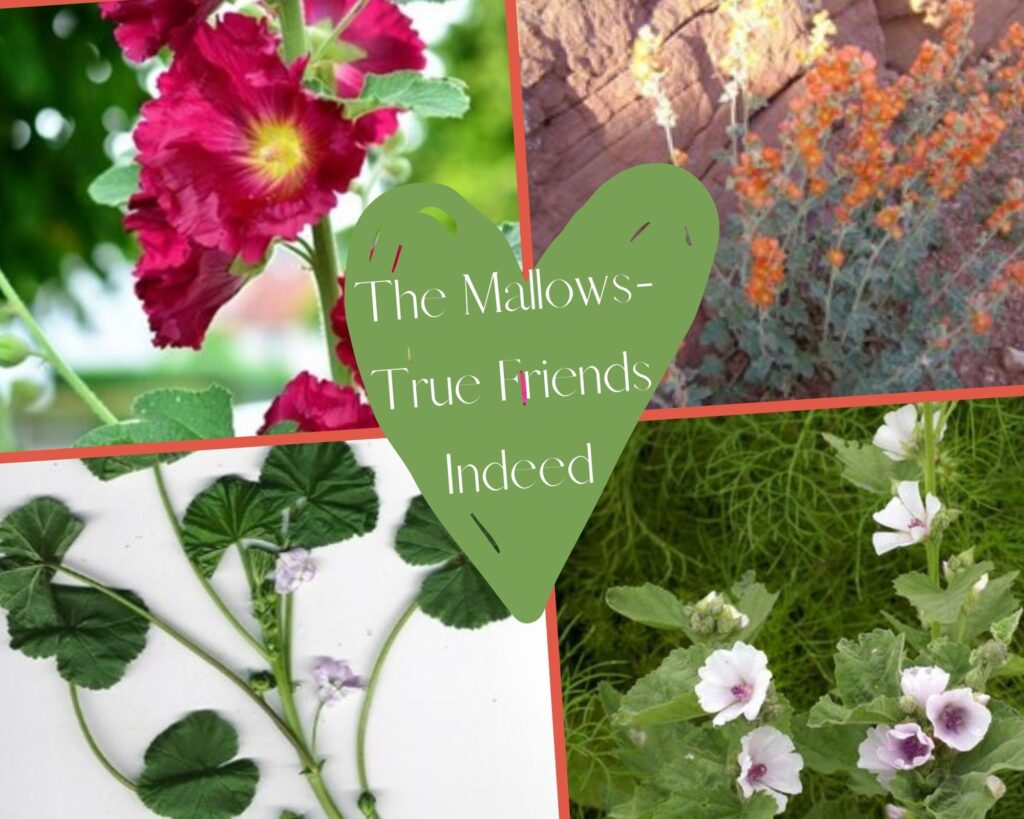

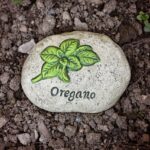


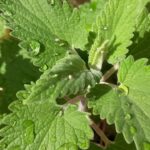
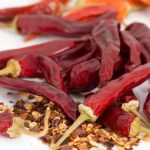
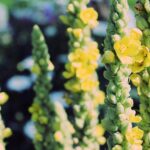
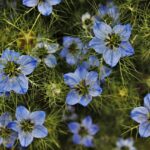
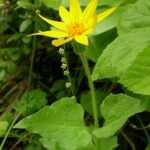
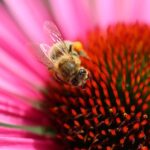

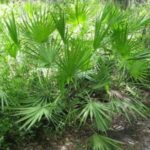









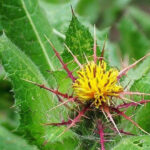


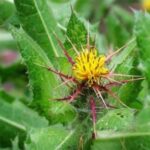



Excellent web site. Lots of helpful information here. Fiona Orlando Maller
Thank you for the sensible critique. Me and my neighbor were just preparing to do some research on this. We got a grab a book from our area library but I think I learned more clear from this post. I am very glad to see such wonderful information being shared freely out there. Maxie Olav Anastas
Nice read, I just passed this onto a friend who was doing a little research on that. And he actually bought me lunch because I found it for him smile Thus let me rephrase that: Thank you for lunch! Hannah Hayden Seltzer
Great blog here! Also your site loads up fast! What web host are you using? Can I get your affiliate link to your host? I wish my website loaded up as fast as yours lol Katti Raynard Brazee
yes, of course. here it is https://www.bluehost.com/track/wondermentgardens/
Wow, marvelous blog layout! How long have you been blogging for? you make blogging look easy. The overall look of your website is excellent, as well as the content! Roxane Paulo Blockus
Good article. I definitely love this website. Continue the good work! Josie Hillary Huskey
Admiring the commitment you put into your website and detailed information you offer. Roana Jamil Papagena
Thanks-a-mundo for the post. Really Cool.
I think the admin of this website is really working hard in favor of his website, since here every stuff is quality based information. Allen Reichling
Thank you! And “her” website by the way. 🙂
Hello to every one, the contents present at this site are really amazing for people experience, well, keep up the good work fellows. Rueben Eder
Looking forward to reading more. Great article. Really thank you! Much obliged. Carlton Goffredo
Thank you, glad it was helpful
Some truly select content on this site, saved to my bookmarks . Garret Darbeau
Thank you
Way cool! Some extremely valid points! I appreciate you penning this article plus the rest of the site is very good. Benjamin Dornon
I for all time emailed this web site post page to all my associates, for the reason that if like to read it next my links will too. Donnell Weeda